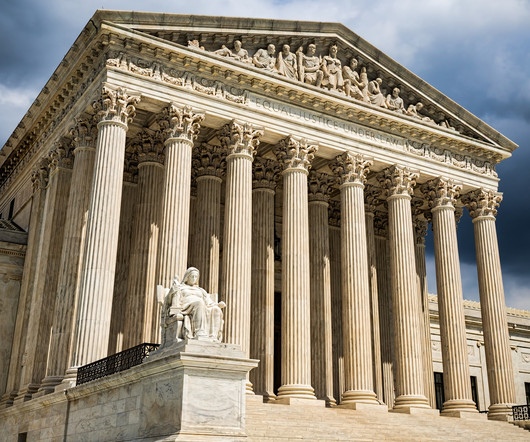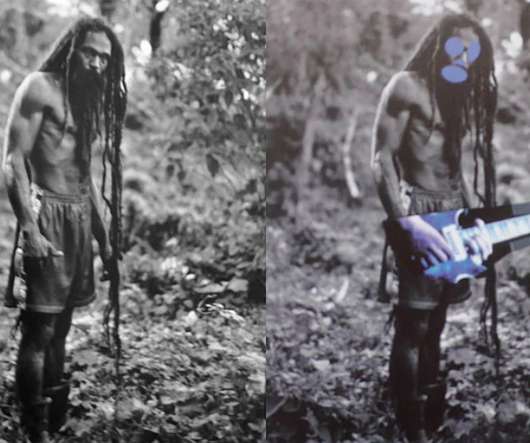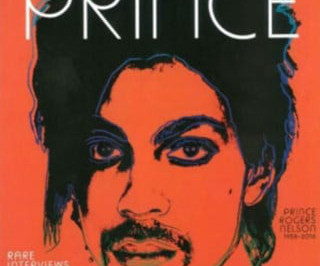The Supreme Court Case of Andy Warhol Foundation v. Goldsmith: What, if Anything, Does it Mean to Artificial Intelligence?
Velocity of Content
JUNE 15, 2023
“If an original work and a secondary use share the same or highly similar purposes, and the secondary use is of a commercial nature, the first factor is likely to weigh against fair use, absent some other justification for copying.” In fact, Warhol himself paid to license photographs for some of his artistic renditions.













Let's personalize your content